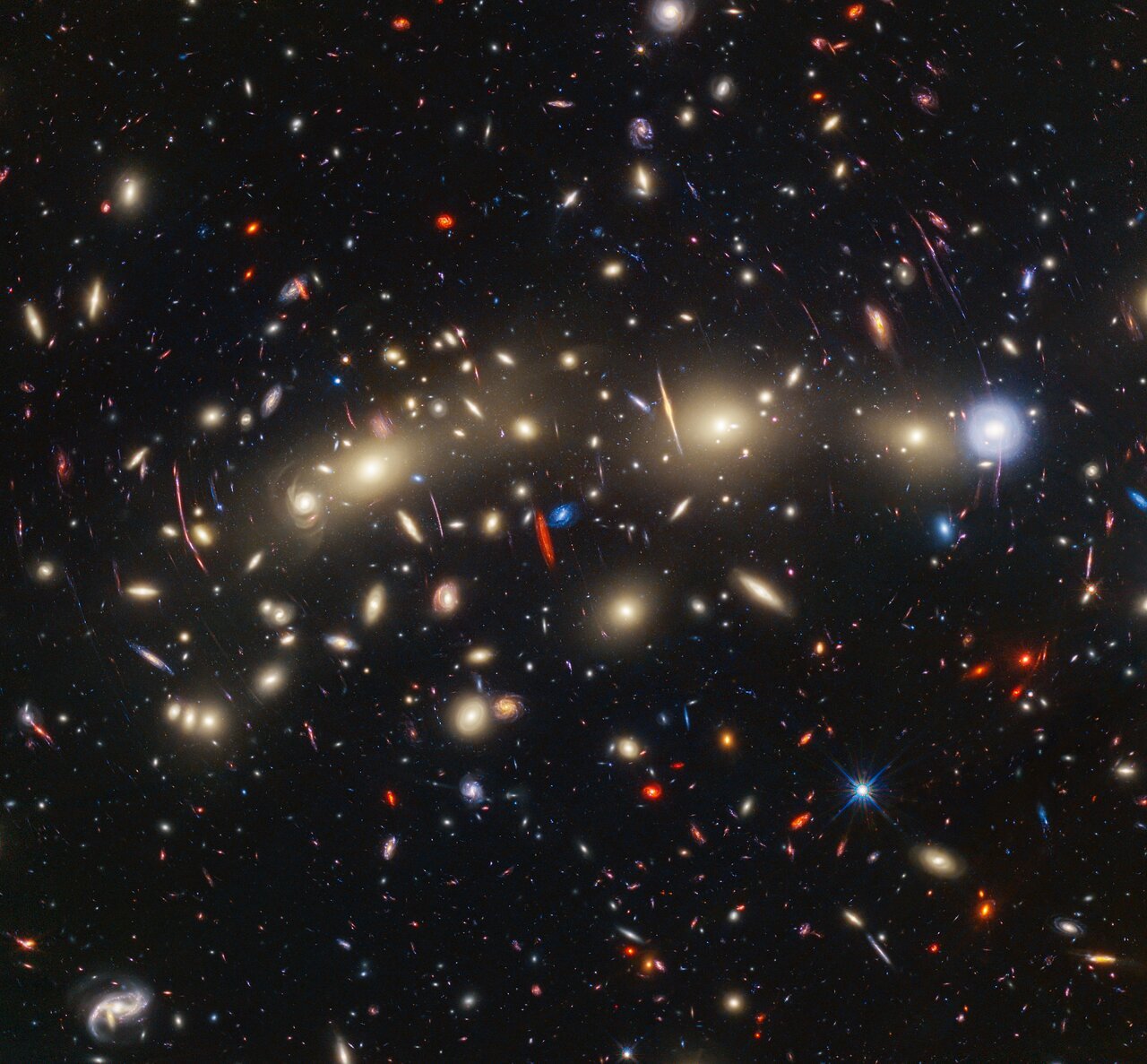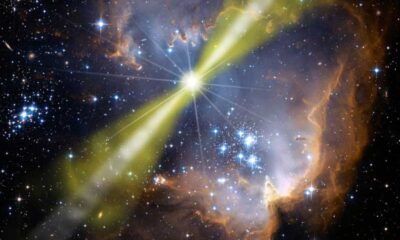Science
New Strategy Aims to Narrow Search for Extraterrestrial Signals

The Search for Extraterrestrial Intelligence (SETI) faces significant challenges due to the vast expanse of space and an overwhelming amount of data to analyze. A new pre-print paper by Naoki Seto from Kyoto University proposes a method to streamline this search using a unique combination of stellar events. Seto’s approach focuses on leveraging the Brightest Of All Time (BOAT) Gamma Ray Burst, specifically GRB 221009A, to enhance the chances of detecting signals from intelligent civilizations.
In the quest to find extraterrestrial signals, researchers must address three critical factors: where to look, what frequency to monitor, and the timing of their observations. This complexity is mirrored in the transmission side, where civilizations would need to send signals strong enough to traverse interstellar distances. Such transmissions are energy-intensive, making it unlikely that a civilization would consistently broadcast signals without a targeted strategy.
Seto’s paper introduces a hybrid strategy that combines both spatial and temporal references to optimize the search for signals. Traditionally, researchers have suggested using single anchor events, such as historical supernovae or potential future neutron star mergers. However, these events often lack the precision needed for effective search parameters.
For his hybrid method, Seto recommends using the center of the Milky Way as a spatial reference and an exceptionally bright gamma-ray burst as a temporal reference. This dual approach allows for the creation of a “search ring” around the bright event, helping civilizations identify when and where to look for signals. The diameter of this search ring expands over time, based on the original burst’s timing and its distance from the galactic center.
The choice of the Milky Way’s center is strategic, as civilizations capable of this search likely possess accurate measurements of the distance to Sgr A*, the supermassive black hole located at the galaxy’s core. Seto identifies GRB 221009A as an ideal candidate for this bright event. Discovered recently, it is noted for being 40 times brighter than the next brightest gamma-ray burst on record and is located at a low galactic latitude, thus increasing the number of stars within the search radius.
Seto emphasizes the rarity of such a unique event, suggesting that occurrences like GRB 221009A may only happen once every 100,000 years. This extraordinary brightness and positioning create a valuable opportunity for targeted searches for extraterrestrial communications.
Despite this innovative method, challenges remain, particularly concerning the frequency of signals. Theoretical frameworks suggest that a Schelling point, such as the Hydrogen Line at 1,420 MHz, could be a potential frequency target. Still, civilizations would likely need to scan multiple frequencies over time to maximize their chances of detection.
Seto’s hybrid technique could reduce the search area for potential sending civilizations by a factor of 100. However, this approach is contingent on the assumption that other civilizations would adopt similar methodologies. Given the unique opportunity presented by GRB 221009A, researchers may want to focus their efforts on examining potentially interesting star systems.
As the search for extraterrestrial intelligence continues, Seto’s strategy provides a promising framework for enhancing the effectiveness of SETI efforts in a universe filled with uncertainty and vast distances.
-

 Technology5 months ago
Technology5 months agoDiscover the Top 10 Calorie Counting Apps of 2025
-

 Health2 months ago
Health2 months agoBella Hadid Shares Health Update After Treatment for Lyme Disease
-

 Health3 months ago
Health3 months agoErin Bates Shares Recovery Update Following Sepsis Complications
-

 Technology4 months ago
Technology4 months agoDiscover How to Reverse Image Search Using ChatGPT Effortlessly
-

 Technology1 month ago
Technology1 month agoDiscover 2025’s Top GPUs for Exceptional 4K Gaming Performance
-

 Technology2 months ago
Technology2 months agoElectric Moto Influencer Surronster Arrested in Tijuana
-

 Technology5 months ago
Technology5 months agoMeta Initiates $60B AI Data Center Expansion, Starting in Ohio
-

 Technology5 months ago
Technology5 months agoRecovering a Suspended TikTok Account: A Step-by-Step Guide
-

 Health4 months ago
Health4 months agoTested: Rab Firewall Mountain Jacket Survives Harsh Conditions
-

 Lifestyle5 months ago
Lifestyle5 months agoBelton Family Reunites After Daughter Survives Hill Country Floods
-

 Technology4 months ago
Technology4 months agoHarmonic Launches AI Chatbot App to Transform Mathematical Reasoning
-

 Technology3 months ago
Technology3 months agoUncovering the Top Five Most Challenging Motorcycles to Ride



















